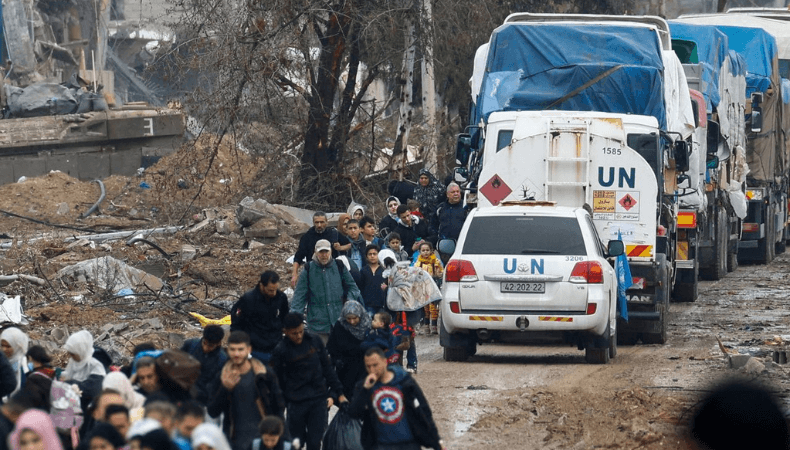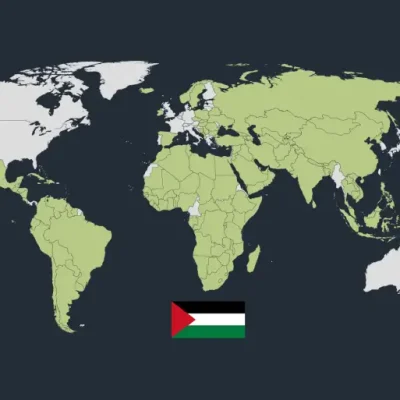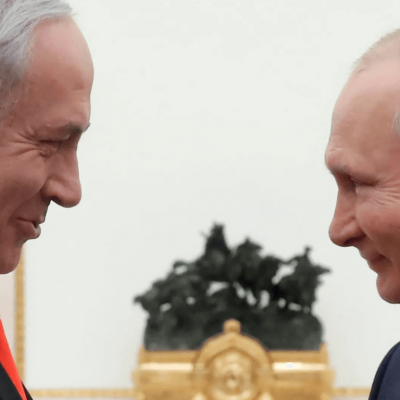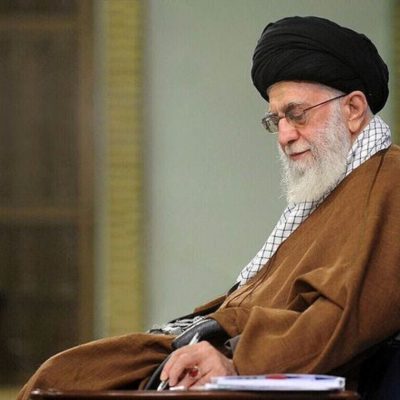Gazans in desperate need of humanitarian aid as conflict rages on, residents surviving off animal feed

People living in the isolated north of the besieged Gaza Strip have raised concerns over scores of children not finding food for days, as aid convoys are increasingly denied permits to enter the enclave. People have even described digging into the soil for water pipes.
Tens of thousands of Gazans in the northern areas are largely cut off from assistance and face an increasing risk of famine. The UN has raised alarm over rising acute malnutrition among young children in the north, a factor that has crossed the critical threshold of 15%.
The UN Office for the Coordination of Humanitarian Affairs (Ocha) said there had been a sharp increase in the number of aid missions denied access to the northern region, with 56% of deliveries rejected access in January, up from 14% in October to December.
But Cogat has a different story to tell
A spokesperson for the Israeli military agency tasked with coordinating aid access in Gaza said in a briefing last month that there was “no starvation in Gaza. Period.” Cogat, the agency, has repeatedly stressed it does not limit the amount of aid sent into the territory.
Mahmoud Shalabi, a local medical aid worker in Beit Lahia, told the BBC people had been grinding grains used for animal feed into flour, but that even that supply has been running out. He also said stocks of tinned food were disappearing.
Carried out by several UN agencies, a famine risk assessment estimated that almost a third of residents in northern areas could now be facing a “catastrophic” shortage of food, though restrictions on accessing the area make real-time measurements more difficult.
Keep Reading
Israel orders military evacuation plan for Rafah
Following months of raging conflict, the makeshift solutions for bridging the hunger gaps are suddenly reducing. There are few ways to restock Gaza’s larder. The enclave was reliant on food aid before the war; now much of its agricultural industry has been ruined or abandoned.
The scale of destruction is unprecedented. Further south, in the border town of Rafah, more than a million people displaced by the fighting elsewhere currently look for space with the town’s 300,000 residents, according to BBC.
An agreement between Israel and Hamas is seen by many as the only way to resolve the crisis. As Israel bombs Rafah, ahead of an expected ground offensive there, leaders on both sides are under pressure to end the suffering of Gazans and get Israeli hostages out.






